Monday, 20 October 2014
Weekend Busy-ness
It has been a busy weekend. We drove to Ikea on Saturday to buy baby stuff. the nearest store is in Charlotte - two hours drive away. I grew up going to Ikea in Britain, our family love it so it was pretty exciting to get to go. The stores are all laid out the same way so I immediately felt at home as soon as I walked in. My husband kept remarking on the lack of staff and when we got to the area where you actually pick up the furniture he asked 'Do we get somebody?'. I have to say, I found this quite funny. The whole point of Ikea is you do it yourself, that's one of the ways they keep prices down. We totally nailed it and got everything we needed. Not that it wasn't pretty exhausting.
Some of you may raise your eyebrows at our buying mass-produced items when this blog is all about handmade, but we are on a budget, plus we have already bought lots of local items so my conscience is clear.
Last week was spent doing lots of research on blogging, books on crafts etc. and I have learned a great deal from the blog Fabulous Blogging. I am also beginning to realize that the game has changed drastically since I started this blog five years ago and I have to accept that my learning curve is going to be steep. When everyone jumped on the blogging bandwagon it was all about posting as often as possible, using keywords for SEO etc. Now it's about quality and understanding how all the social platforms work. There's been a lot of decluttering of my various social networking sites, but I think it will pay off in the long run.
Now all I need to do is find the time get some projects done to share with you all and to use for the book!
Friday, 17 October 2014
Book Review - Zakka Sewing: 25 Japanese Projects for the Household
If I remember correctly, this was one of the first books to come out in English about Zakka.
Often with sewing books, you tend to find some obvious projects (totes, etc.) some ingenius ones and some odd ones that seem to be about doing a project for the sake of it. This book definitely has, what seems on the surface to be a mix of these. However when I read about the projects in more detail I was charmed by the snippets of Japanese culture and how it influenced the projects. For example, there's a piece about how people in Japan like to cover their paperback books with a sleeve to keep them clean and private. True it has a tote project but I think the real beauty of this book is that in presenting these ideas, it also teaches the reader about the ethos behind Zakka. I am fascinated by Japanese culture so find it really interesting.
I also loved the esthetic, so fresh and contemporary. It's well organized and I found the directions clear, with useful illustrations.

Monday, 13 October 2014
Creating a Handmade Childhood: Log Cabin Pillow
Saturday, 4 October 2014
Repurposed Flour Sack Laundry Bags
 This project is so easy and requires so little skill, I am not even sure I can call it a craft project. Yet it is the simplest ideas that are often the best. These laundry bags are the perfect size for baby clothes and because they hang up save you much needed space.
This project is so easy and requires so little skill, I am not even sure I can call it a craft project. Yet it is the simplest ideas that are often the best. These laundry bags are the perfect size for baby clothes and because they hang up save you much needed space.Ok here's the hard part :)
Thursday, 18 September 2014
Conscious Design when Crafting
Some things to consider:
- Choose a base color and/or fabric that will add cohesion. For me it was natural colored linen. It is beautifully neutral and I have not found a color that doesn't work well with it. The linen looks clean and minimalist and blends well. Consider some other fabrics: ecru muslin, indigo dyed cotton, white cotton, burlap. When you have chosen, stick to that choice.
- Complement the base color and/or fabric with carefully added patterns and colors. Not only does this result in a less loud and homemade look, it is very economical. You don't have to go crazy buying yards of gorgeous prints. A fat quarter will go a long way. In fact scour thrift stores for cool fabrics that you can use from old clothes, then use it sparingly to add emphasis.
 |
| With these book covers, I added just a few squares of patterned fabric for emphasis. These fabrics came from all over the place, one is an old bed sheet. |
 |
| The white background really enhances the origami crane. |
- Play with texture. Using different textures is very fashionable right now and is a fun way to incorporate different crafting techniques. Pair chunk knit with a cotton panel in a pillow. Mix different fabrics, but remember go easy.
 |
| The two materials here are burlap and cotton. There is no intricate design, the interest comes from the contrasting textures. |
- Stick with basic designs if you want to play with colors, sewing techniques etc. Tote bag designs are everywhere these days. They're popular because the designs are simple and therefore easy to execute, but the simplicity gives you a blank canvas on which to experiment with patterns or embellishments. I see a lot of patchwork blocks that are beautifully intricate but I don't enjoy the look because so many different patterns and colors have been used. The more intricate the project the more conscious you need to be of not going crazy with materials.
 |
| This messenger back was extremely easy to do and a very simple design which meant I could be bold with fabric. Both fabrics are from old bed sheets. |
Wednesday, 29 January 2014
Window Treatment Solution # 1
Solution: Cover blind with fabric.
I used this tutorial: http://jacquelynnesteves.com/featured/fabric-covered-window-shade-tutorial/
I got my fabric here: http://www.kitschfabrics.com/kitsch/Home.html
Thursday, 7 February 2013
TV Project 1: Kimono Coasters
 Kimono silk is just something I can't resist, it's sexy makes me think of geisha. It's also awkward to work with, since it is so sheer and thin. I like to always have a project on the go that I can do while watching TV. So this is my TV project du jour.
Kimono silk is just something I can't resist, it's sexy makes me think of geisha. It's also awkward to work with, since it is so sheer and thin. I like to always have a project on the go that I can do while watching TV. So this is my TV project du jour. NOTE: The instructions for the rosettes can also be used to make the ones you saw on the boudoir pillow. Imagine a pillow with kimono silks! Ooh la la, get your Valentine's horny on!
Level: Beginner
Time: 2 hours per coaster
Cost: $2 (approximately
Materials and Tools:
Hexagon template, size: 1 inch per side
Kimono silk scraps (or scraps of cotton quilt weight fabric) in three different patterns in similar colors.
1/2 yard of grey felt
Thread in contrasting color and matching color
Pins
Scrap paper
Needle
Iron
Scissors for fabric
Scissors for paper
- First cut seven hexagons out of scrap paper
- You are going to need one hexagon from one patterned fabric then three each from two additional patterns
- Place your paper hexagon onto the wrong side of your chosen fabric and pin in place
- Cut around the hexagon with a quarter inch seam allowance
- Fold the fabric seam over the paper and tack all the way round with the contrasting thread
- Remove pin
- Do this with all seven hexagons
- The one hexagon cut from a different fabric to the other six is the center of the rosette
- Take this hexagon and a hexagon of another pattern place them with right sides facing each other and sew the seams together with whip stitch
- Continue doing this until you have all six hexagons of alternating pattern sewn to the center one
- Iron your rosette so the seams are nice and sharp
- Remove the paper from the center hexagon and pin to the felt
- Cut out the felt so that the rosette is pinned to smaller piece of felt with some excess fabric around it.
- Remover one paper from an outer hexagon and pin to the fabric with the seam folded under
- Sew the edge with a running stitch
- Do this hexagon by hexagon until all edges are sewn to the felt
- Trim off the excess felt
- Press with iron
- DONE
Monday, 30 May 2011
Easy Facelift - for a room

I cannot get over how merely switching out cushion covers can change the feel of a room. We have inherited a really great, green leather sofa, but the covers we inherited with it were very dark, old fashioned and basically not very nice. The whole feel was jarring, as we have really tried to keep the room modern and airy. I finally go around to making a cover after a bit of a sewing machine saga (more on that for another post) and love the results. The burlap looks so good but is a little unstable because of the loose weave, my advice is to give yourself a seam allowance of an inch to stop any unraveling and consider lining it with a similar color of cotton because you can sometimes see the white cushion filler with ours.
I am definitely going to use more burlap in future.
Friday, 27 May 2011
Work Station

After over a year of planning and discussing we are finally living in Asheville. Our apartment is tiny but I love it. We are walkable distance from downtown with great views of the city and enough wildlife to make us feel free.
My plan is to find work - a hard task here - and in the mean time work on starting up my craft business again. However I am quickly tiring of pulling all my stuff out and then putting it away again to keep everything tidy. So here is the idea, to turn one closet into a work alcove or station. This closes looks small but is a good five feet wide and a couple of feet deep, enough for a small card table and chair and space to store stuff, it also has a lino floor which makes cleaning up pesky threads and what not easier, and a couple of power sockets - perfect!
Here are the before pictures, can't wait to show you the after!

Thursday, 13 January 2011
To Etsy or Not to Etsy?
'Fresh Fun Home' by L1zW
A modern, homely living space full of light and space.
 $15.00 | 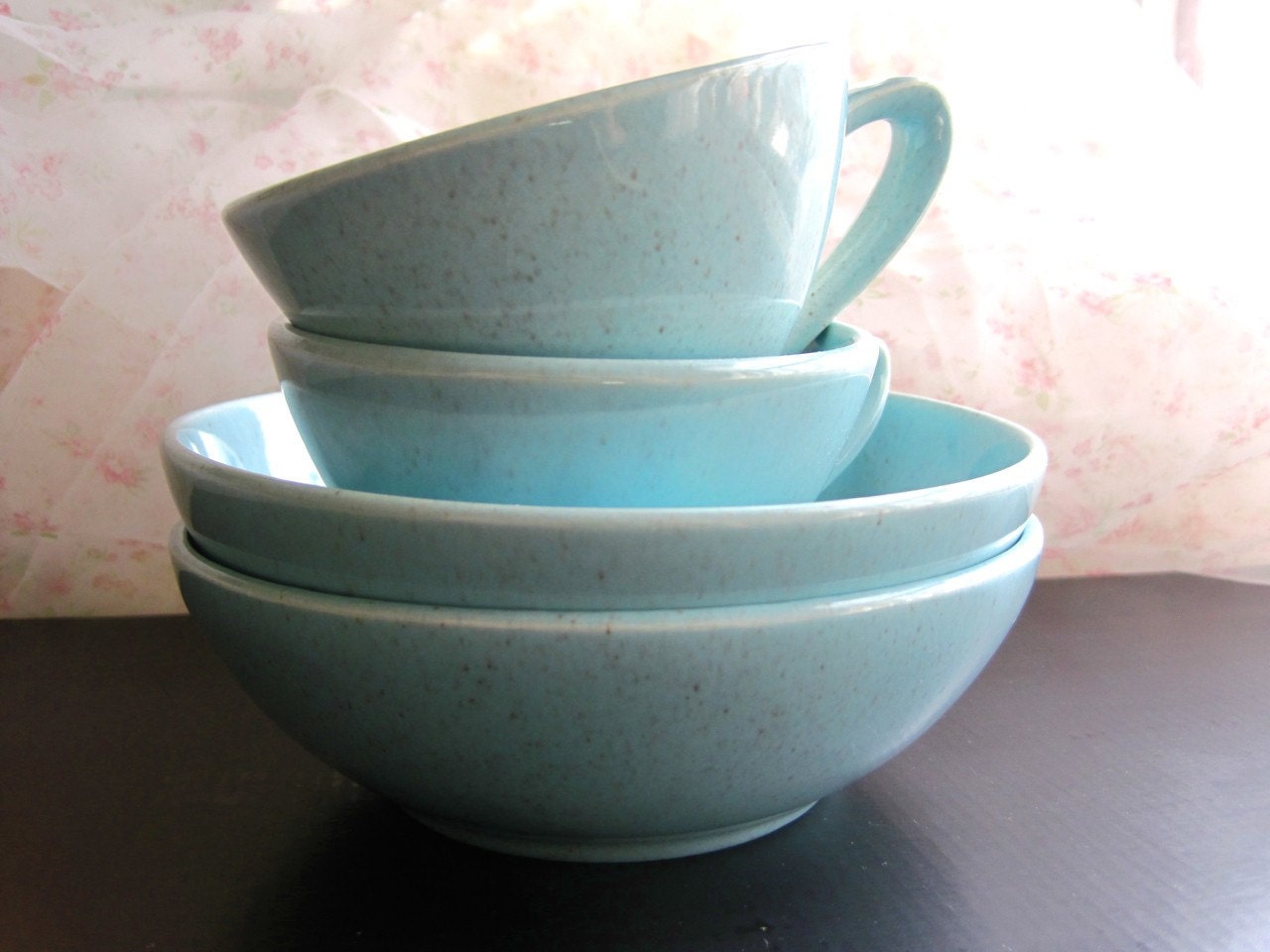 $25.00 | 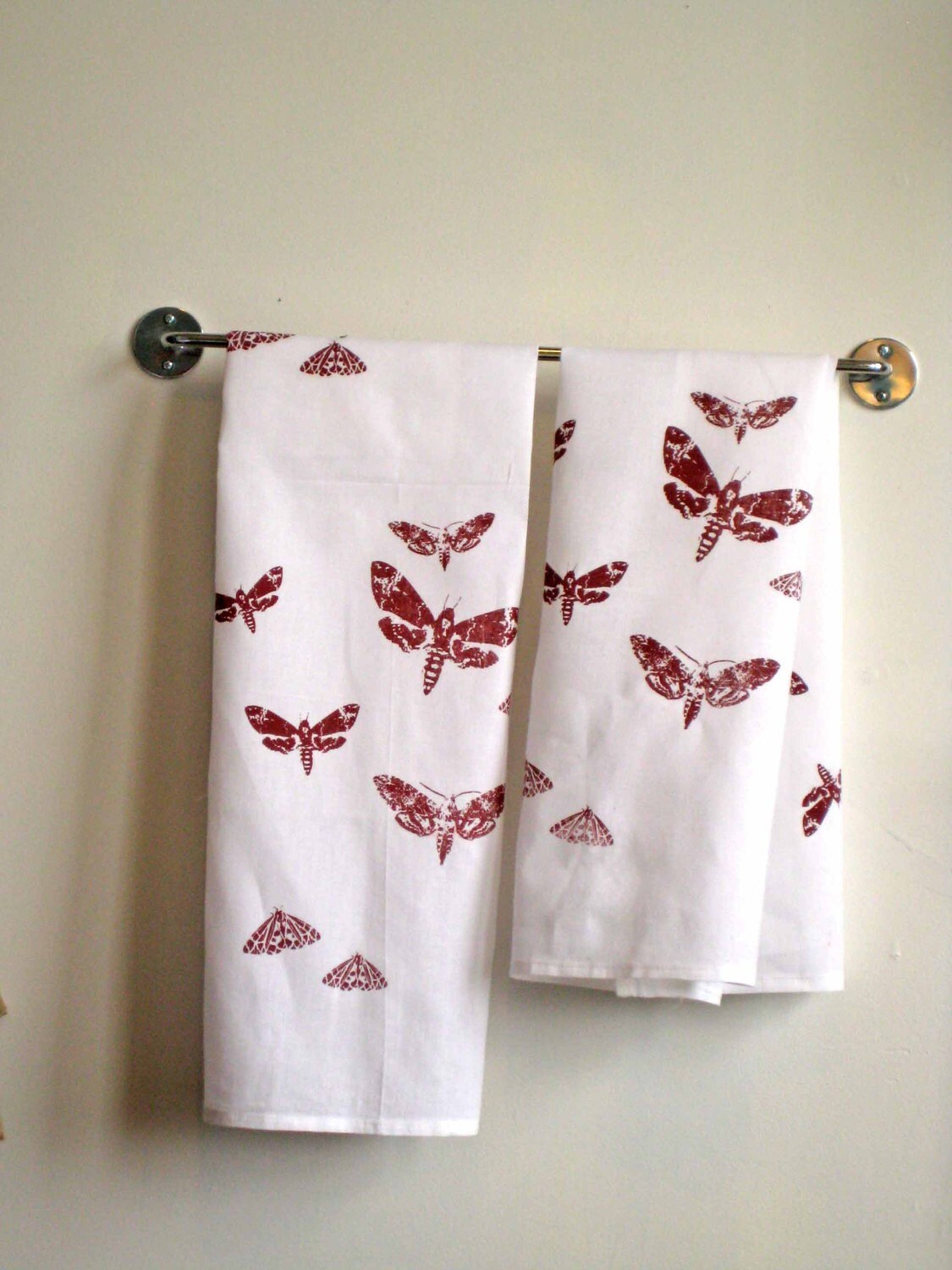 $16.00 |  $35.00 |
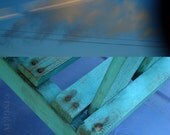 $24.00 | 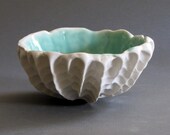 $45.00 |  $14.00 |  $45.00 |
 $8.50 | 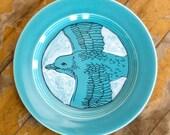 $20.00 |  $20.00 | 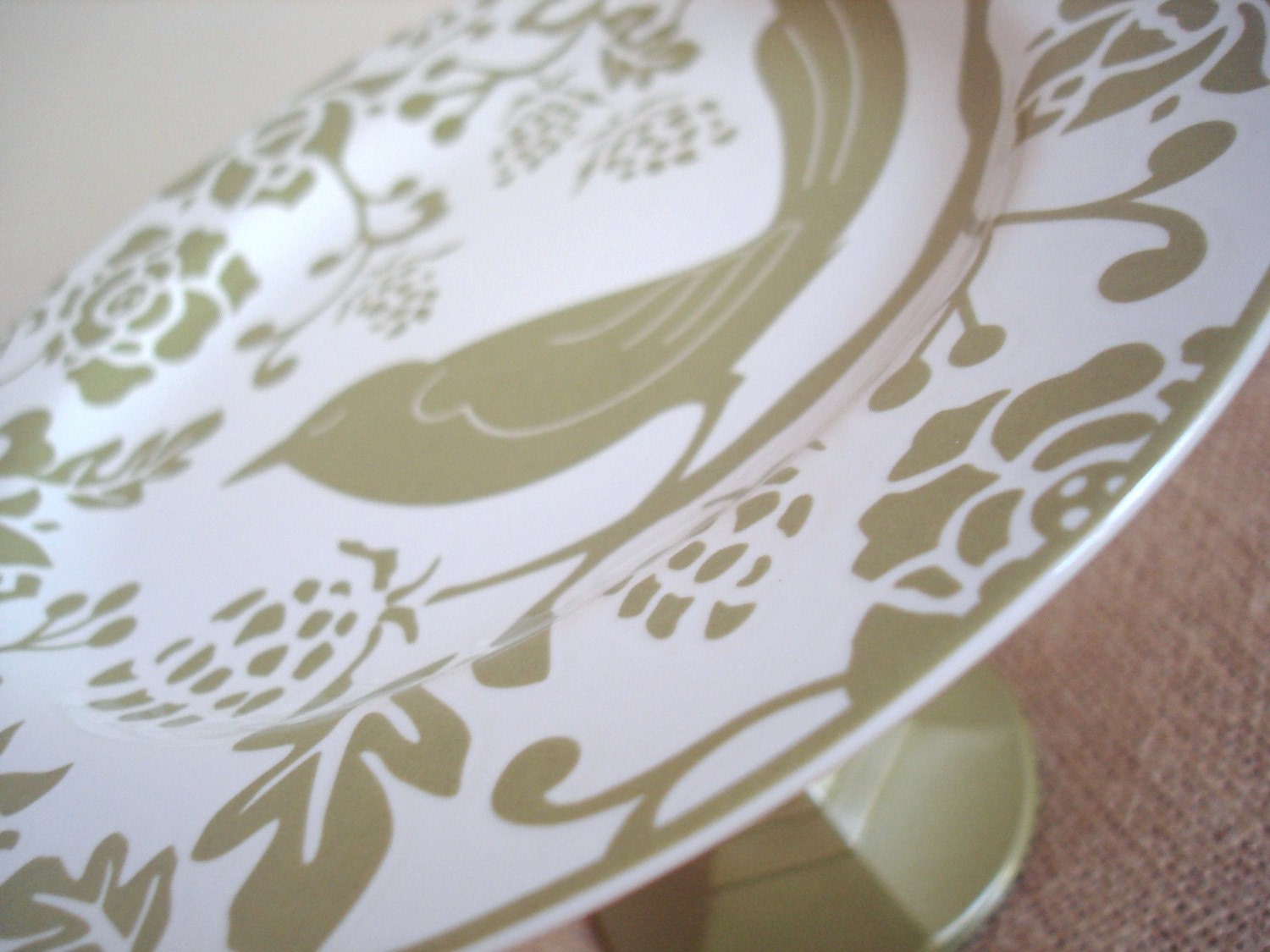 $27.00 |
 $4.25 |  $12.00 |  $1100.00 |  $45.00 |
Generated using Treasury HTML code generator by Whale Shark Websites.
Thursday, 5 November 2009
Soft Stackables

We had quite a bit of foam left over from the chaise longue pad so I decided to cut it into four and cover them with the same chitenge fabric we have been using for the living space. These can be used as scatter pads for extra seating, extra padding on the seats, or to rest your feet on! Because we have a mix and match style to the room, cushions and pads can be moved around as we like for however we want to be comfortable.
The reed mat was an absolute bargain buy, they are used outside a lot here for sitting on, they are really comfortable and I plan to keep this one in here for lounging. I will keep it rolled up when we're not using it though because the room gets so dusty. It's also been useful as a space for cutting out fabric so I don't pick up any of the dust off the floor. It goes really well with the natural fibres of the room and lightens it nicely.
Friday, 30 October 2009
Intelligent Patterning

With so many amazing different patterns and colours of chitenge it is very tempting to go crazy and use as many as possible in a new place like ours. We have so many windows that need curtains and opportunities for upholstering. We have been very careful though, because we don't want an over the top colour scheme. Here we put together the 3 fabrics we are sticking to for the décor of the living space. We think they match nicely and are not too over the top – the yellow print is bright and funky with the 60s style flowers, but it is complimented nicely by the pale aquamarine and gold one. We fell in love with the retro pattern on the black chitenge but have had to use it very carefully – our floors and furniture is quite dark and the print could have looked quite heavy. Instead, I cut the pattern out and used it on ecru curtain fabric so that the design is showcased and not lost against the dark wood of the floor. We have continued to use the ecru fabric as borders to maintain a uniform design.




